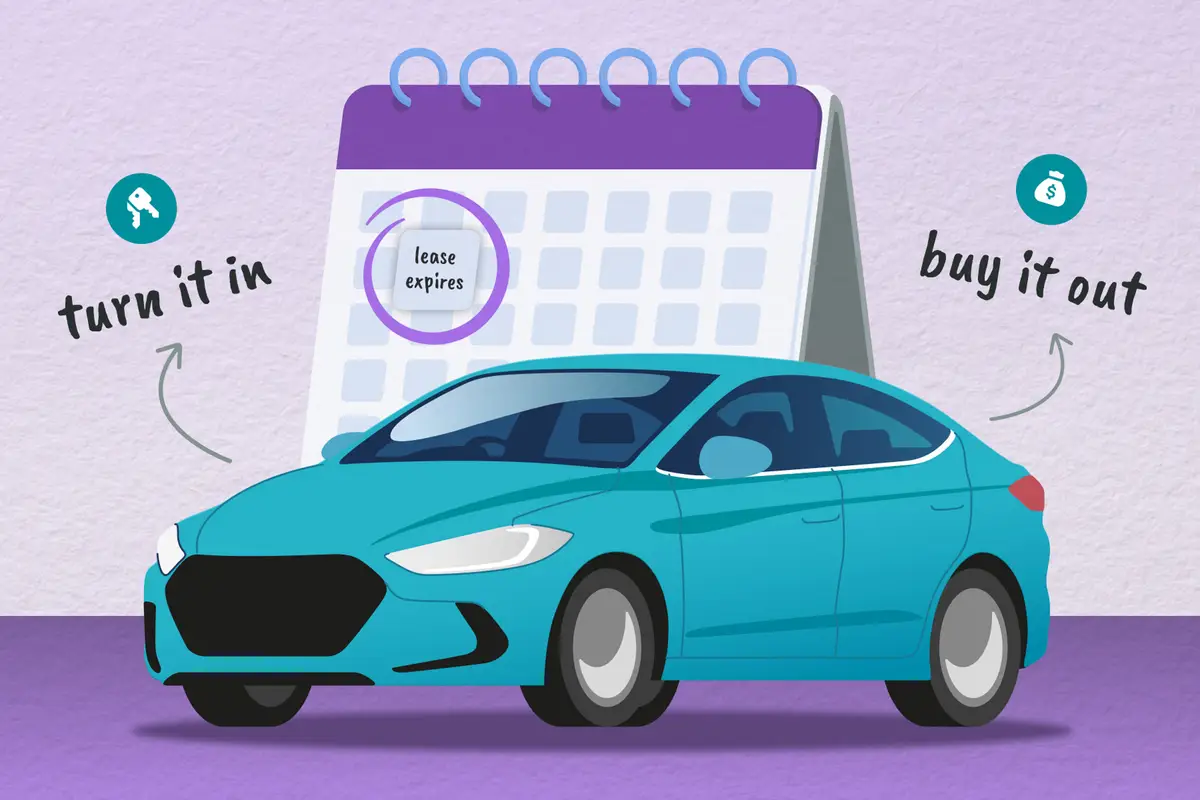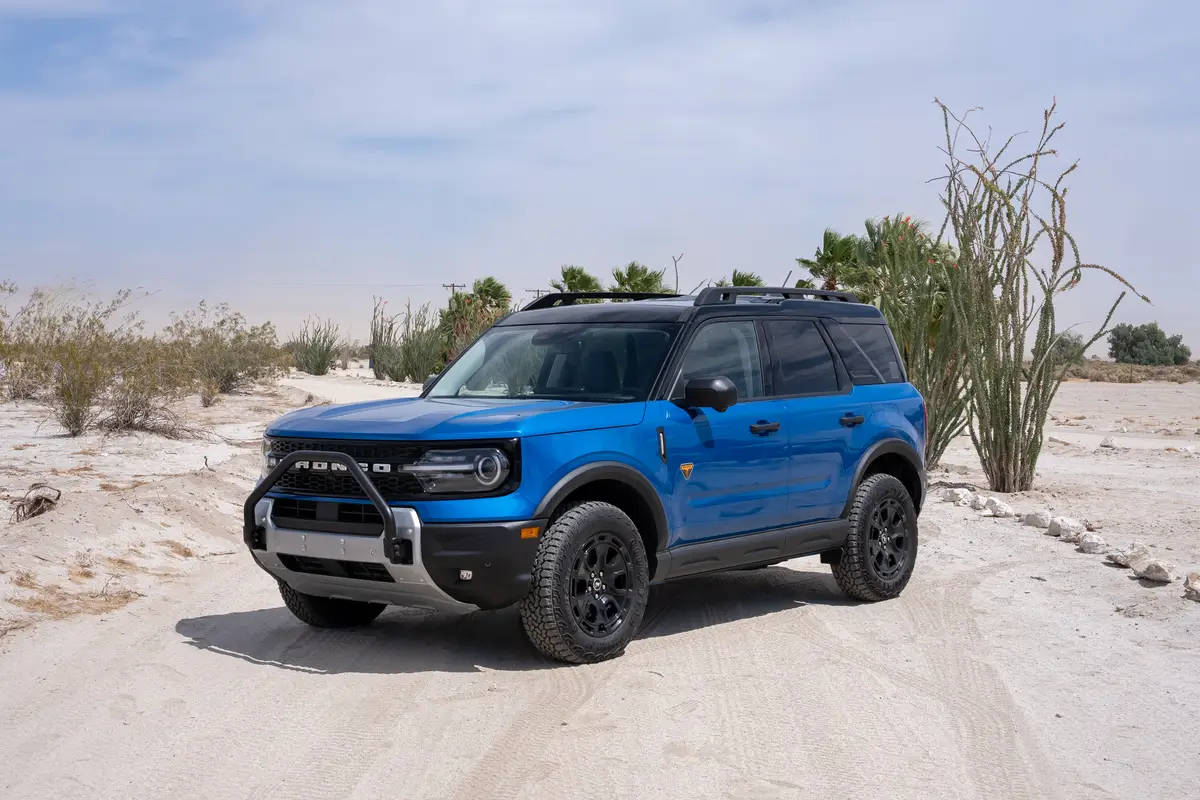What Are Approach, Breakover and Departure Angles?

Approach, breakover and departure angles indicate how steep of a hill a vehicle can go up and over. These angles are expressed in degrees — with a higher number being better — and are mostly a concern in off-road driving.
Related: Can the 2020 Kia Telluride Really Go Off-Road?
Here’s why, when and how these numbers matter:
Approach Angle
Imagine a vehicle traveling along level ground approaching a tall hill. If the angle of the hill is too steep, the front bumper will hit it first and the vehicle won’t be able to climb it. But if the front tires hit it first, the vehicle can start to climb the hill. The steepest angle that can be climbed is called the approach angle.
It’s mostly applicable when the front wheels are driven — which allows them to claw their way up a steep incline — so it’s primarily a concern with front-wheel-drive and four- or all-wheel-drive vehicles, the latter being the norm for off-road driving.
Departure Angle
The departure angle is similar, except in the rear of the vehicle. It’s relevant because — if it’s not as great as the approach angle — the rear end of the vehicle can scrape against the level ground when the vehicle’s upward angle increases as it climbs the hill.
A vehicle’s approach and departure angles are primarily dictated by its front and rear overhangs (the distance the body extends past the center of the wheels) and ground clearance, specifically ground clearance at the extreme front or rear of the vehicle.
In many cases, there’s less overhang in the front than the rear, so if ground clearance is the same at each end of the vehicle, the approach angle will be greater than the departure angle. That means the front would be able to start up a steep hill that could cause the rear to scrape the ground as the vehicle climbs. But some off-road obstacles are not so much tall hills as short mounds, where the front has already crested the peak before the rear bottoms out. Furthermore, in some off-road vehicles, the first thing to hit in back are the tow hooks, which could simply dig into dirt or sand and ride over rock.
Breakover Angle
The breakover angle comes into play as the vehicle goes over the top of the hill. The pointier the hill, the greater the breakover angle needed to get over it. The vehicle’s breakover angle is dictated by wheelbase and ground clearance, specifically ground clearance at the center of the vehicle.
A vehicle’s ground clearance is usually measured from the lowest point, which could be the front or rear axles (not typically a concern when cresting a hill). That’s why you sometimes see off-road vehicles raised far off the ground, which provides more ground clearance in the center, and thus allows the vehicle to traverse a steeper-angled crest.
For a given amount of center ground clearance, the closer the axles are together — the distance from the front axle to the rear axle is called the wheelbase — the sharper the peak angle that can be cleared. So, for the optimal breakover angle, you want a short wheelbase and a lot of center ground clearance.
If your vehicle’s breakover angle is less than the peak’s angle, the center of your vehicle will scrub on the peak of the hill, possibly causing the front or rear tires to come off the ground. This is called being high-centered. In effect, your vehicle could act a bit like a playground teeter-totter — fun when you were a kid, but not so fun when you’re off-roading.
Everyday Driving
Not planning on climbing trails? When driving on relatively level ground — whether off-road or on-road in deep snow — none of these angles are likely as important as minimum ground clearance, which is often listed in a vehicle’s specifications. Knowing this number will give you a clearer picture of what your vehicle can drive through.
More From Cars.com:
- Ford Bronco Vs. Jeep Wrangler: A Wrangler Owner Drives the 2021 Ford Bronco
- 2021 Jeep Wrangler Unlimited 4xe Review: Not Bad, Just Confusing
- The 470-HP Jeep Wrangler Unlimited Rubicon 392 Is Completely Bonkers
- Tacoma Vs. Tundra: Stacking Up Toyota’s Pickup Trucks
Cars.com’s Editorial department is your source for automotive news and reviews. In line with Cars.com’s long-standing ethics policy, editors and reviewers don’t accept gifts or free trips from automakers. The Editorial department is independent of Cars.com’s advertising, sales and sponsored content departments.
Featured stories




